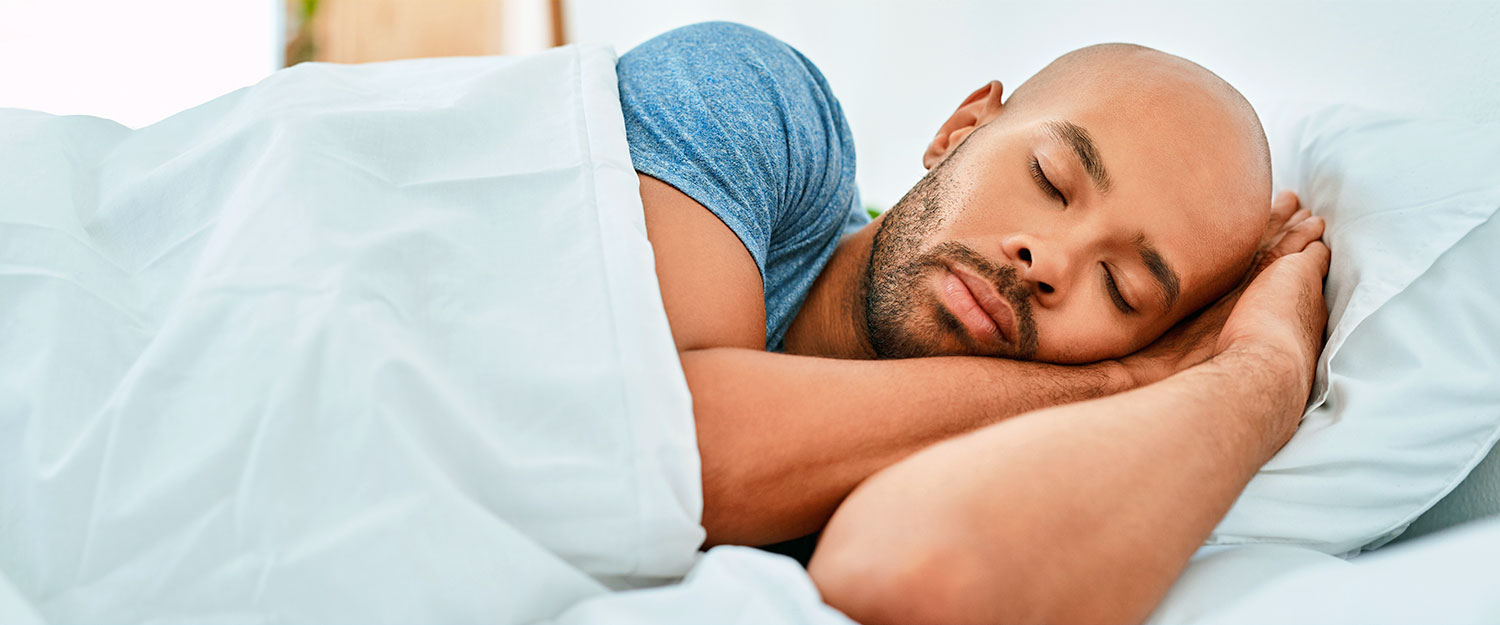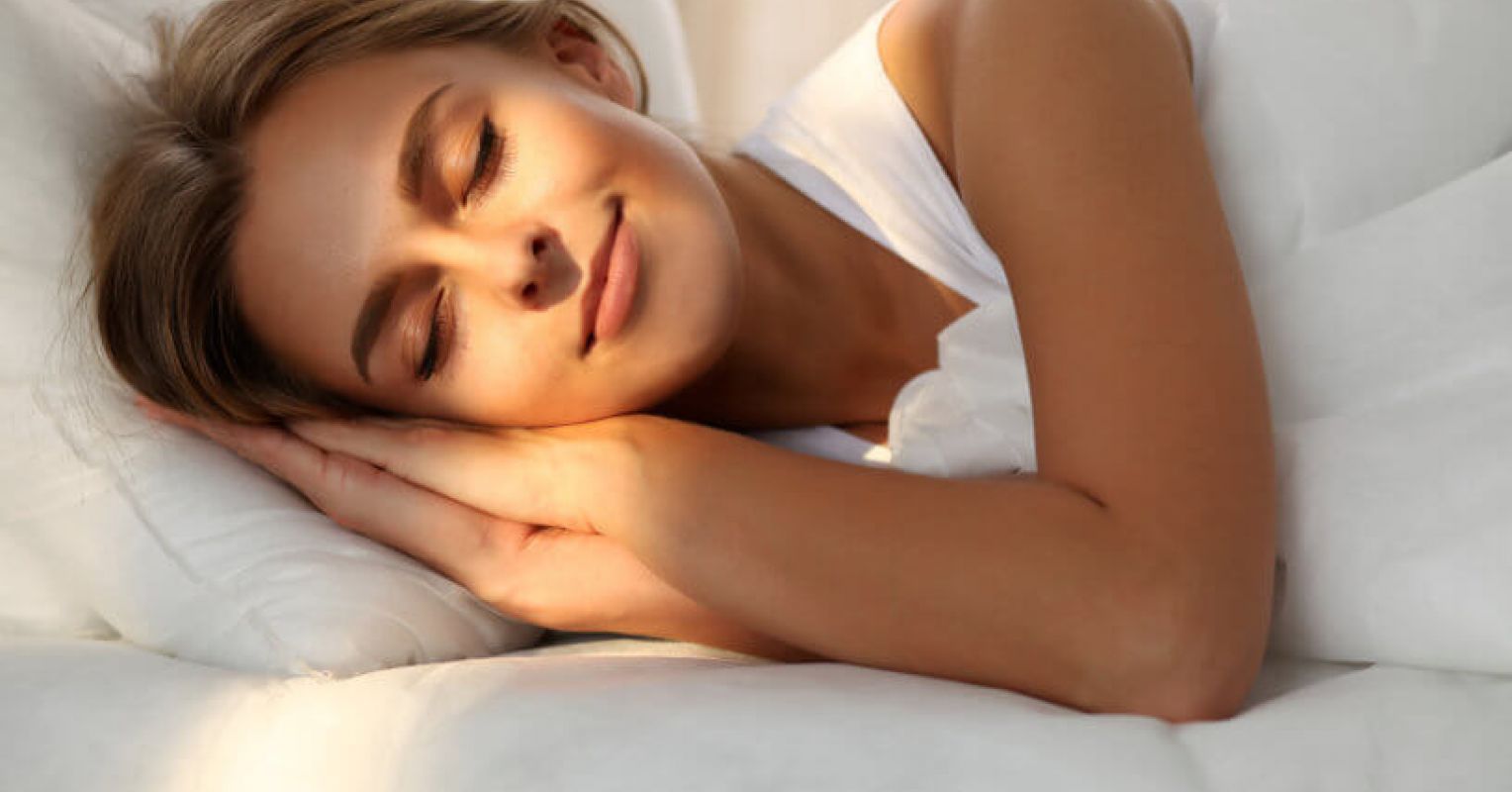Sleep Improvement Therapy - Enhance Your Sleep Quality
Sleep Improvement Therapy - Enhance Your Sleep Quality
Blog Article
Efficient Therapy Solutions for Handling Sleep Disorders and Enhancing Relaxed Rest
In the realm of healthcare, the monitoring of sleep disorders and the quest for peaceful sleep are critical parts of general well-being. Reliable therapy solutions use a multifaceted approach to deal with these challenges, varying from cognitive behavior interventions to all natural methods that promote leisure and mindfulness. The exploration of different methods, including the assimilation of drug and light therapy, opens a realm of opportunities in the quest of far better rest top quality. As we navigate the complex landscape of rest disorders and look for to improve our sleep experience, a deeper understanding of these treatment solutions may hold the key to opening a more relaxing and fulfilling restorative journey.
Cognitive Behavior Treatment for Insomnia (CBT-I)
Cognitive Behavioral Treatment for Sleeping Disorders (CBT-I) is a structured, evidence-based therapy method that focuses on dealing with the underlying aspects contributing to sleep disturbances. This kind of treatment aims to customize habits and thoughts that worsen sleeplessness, eventually promoting healthy sleep patterns. CBT-I generally includes several essential elements, including cognitive treatment, rest constraint, stimulation control, and rest health education.
Cognitive treatment assists individuals determine and transform unfavorable thought patterns and beliefs concerning rest that might be impeding their ability to drop or stay asleep. Sleep constraint entails limiting the quantity of time invested in bed to match the individual's real sleep period, thereby increasing rest effectiveness (sleep improvement therapy). Stimulation control strategies help develop a solid association between the bed and sleep by encouraging people to visit bed only when drowsy and to avoid taking part in boosting activities in bed
Additionally, rest hygiene education and learning concentrates on developing healthy rest practices, such as keeping a constant sleep routine, developing a relaxing going to bed regimen, and optimizing the rest atmosphere. By addressing these variables thoroughly, CBT-I offers an efficient non-pharmacological intervention for taking care of insomnia and boosting overall rest quality.
Rest Hygiene Practices
Having actually established the structure of cognitive restructuring and behavior alterations in resolving sleep problems through Cognitive Behavioral Treatment for Sleeplessness (CBT-I), the emphasis now moves towards exploring essential Sleep Hygiene Practices for maintaining optimum rest quality and general well-being.
Rest hygiene methods encompass a variety of behaviors and environmental factors that can considerably impact one's capability to go to sleep and stay asleep throughout the night. Consistent sleep and wake times, creating a relaxing bedtime routine, and enhancing the sleep setting by keeping it dark, silent, and cool are important parts of excellent sleep hygiene. Limiting direct exposure to displays before bedtime, avoiding energizers like high levels of caffeine near going to bed, and involving in routine physical activity during the day can additionally promote better sleep quality.
Additionally, practicing relaxation techniques such as deep breathing exercises or reflection before bed can aid relax the mind and prepare the body for sleep. By incorporating these sleep health methods right into one's daily regimen, people can establish a healthy and balanced sleep pattern that supports relaxed rest and overall wellness.
Relaxation Techniques and Mindfulness
Implementing relaxation strategies and mindfulness practices can play a critical role in fostering a feeling of tranquility and promoting top quality rest. insomnia specialist. These methods intend to silent the mind, minimize tension, and create an optimum atmosphere for relaxing rest. One commonly exercised method is deep breathing workouts, where people concentrate on slow, deep breaths to unwind the mind and body. Modern muscle leisure includes tensing and Home Page then releasing each muscle team, promoting physical leisure. Additionally, led imagery can assist carry people to a calm area in their minds, aiding in anxiety reduction and boosting rest top quality.
Mindfulness methods, such as meditation and yoga, are also reliable in promoting leisure and boosting rest. Mindfulness urges people to stay existing in the minute, releasing bother with the past or future. By including these practices into a going to bed regimen, people can indicate to their bodies that it is time to prepare and loosen up for sleep. Generally, incorporating relaxation techniques and mindfulness techniques can substantially contribute to managing rest problems and enhancing total rest high quality.

Medication Options for Sleep Disorders
After checking out leisure methods and mindfulness techniques as non-pharmacological treatments for enhancing rest top quality, it is vital to think about medication options for individuals with sleep disorders. In situations where way of living adjustments and treatment do not give sufficient relief, medication can be a beneficial device in managing rest disruptions.
Generally suggested drugs for rest problems consist of benzodiazepines, non-benzodiazepine hypnotics, antidepressants, and melatonin receptor agonists. Benzodiazepines, such as diazepam, are sedatives that can aid generate rest, however they are generally recommended for short-term use as a result of the threat of dependence. Non-benzodiazepine hypnotics like zolpidem are also made use of to deal with sleep problems and have a lower danger of dependancy contrasted to benzodiazepines. Antidepressants, such as trazodone, can be helpful for people with co-occurring clinical depression and sleep disturbances. Melatonin receptor agonists, like ramelteon, target the body's all-natural sleep-wake cycle and can be helpful for regulating rest patterns.
It is important for individuals to speak with a doctor to identify the most proper medicine choice based upon their specific rest condition and medical background.
Light Therapy for Body Clock Policy
Light treatment, likewise called photo-therapy, is a non-invasive treatment approach used to manage body clocks and enhance sleep-wake cycles. This treatment entails exposure to bright light that resembles natural sunlight, which helps to reset the body's biological rhythm. By revealing individuals to certain wavelengths of light, generally in the early morning or evening depending upon the desired effect, light treatment natural remedies for insomnia and anxiety can effectively change the body clock to advertise wakefulness throughout the day and improve peaceful rest at night.
Study has shown that light therapy can be particularly beneficial for individuals with body clock disorders, such as postponed sleep phase syndrome or jet lag. It can likewise be valuable for those experiencing seasonal depression (SAD), a type of anxiety that typically happens throughout the cold weather when natural light exposure is decreased. Light treatment is typically well-tolerated and can be utilized along with various other therapy methods for sleep problems to optimize outcomes and enhance general rest quality.
Conclusion
Finally, reliable treatment remedies for managing rest conditions and boosting relaxed rest include Cognitive Behavior modification for Sleeping Disorders (CBT-I), sleep hygiene techniques, leisure techniques and mindfulness, medication alternatives, and light treatment for body clock regulation. These techniques can help people improve their sleep top quality and general health. It is essential to speak with a doctor to establish one of the most ideal technique for attending to sleep problems.
As we browse the complex landscape of sleep problems and look for to boost our sleep experience, a much deeper understanding of these treatment solutions might hold the trick to unlocking an extra refreshing and meeting restorative trip.
Sleep restriction entails limiting the quantity of time spent in bed to match the person's real sleep duration, consequently enhancing rest effectiveness. Consistent sleep and wake times, developing a relaxing bedtime routine, and optimizing the sleep atmosphere by keeping it dark, peaceful, and cool are critical parts of good rest hygiene. Light therapy is generally well-tolerated and can be utilized in combination with other therapy techniques for rest disorders to maximize end results and boost total rest high quality.

Report this page